“What’s that smell?” I wrinkled my nose. “It smells like rotting meat.”
“It’s my newest addition to the garden,” my friend explained. “I decided to plant it far away from the house.”
“That thing over there?” I asked. “It’s huge!”
“The world’s largest flower.” My friend was gleeful. “It’s called the konjac plant.”
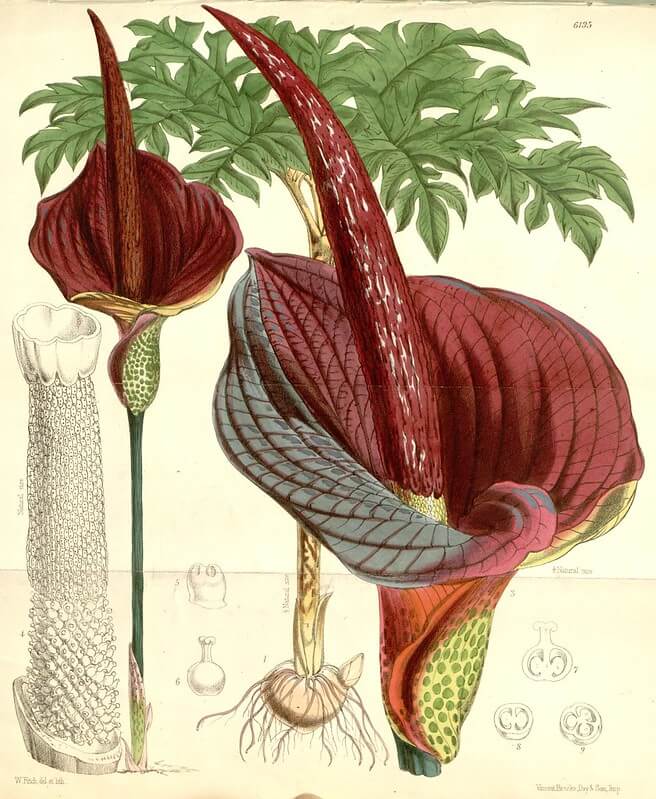
“Impressive.” My mind was working overtime. “You don’t suppose it might restrict the neighbor’s chickens from overrunning my property?”
“It might.” My friend studied me closely. “I can see it now, konjac plants all along your back stone wall.”
I nodded, wondering if it would work. I mean, I love animals, wild and domestic. I really do. But I am a gardener and don’t appreciate neighboring livestock that trample and devour my work. I had to get one of these konjac plants and see if the odor would deter unwanted visitors (perhaps the neighbors, too).
Related Post: Deer-Resistant Plants
Time to do some research. The konjac plant (Amorphophallus konjac), also known as the voodoo lily, devil’s tongue, or carrion flower, is supposed to be easy to grow. Like all lilies, it grows from a bulb, but the konjac bulb is rather large, usually about 20 inches in diameter, round, and flat).
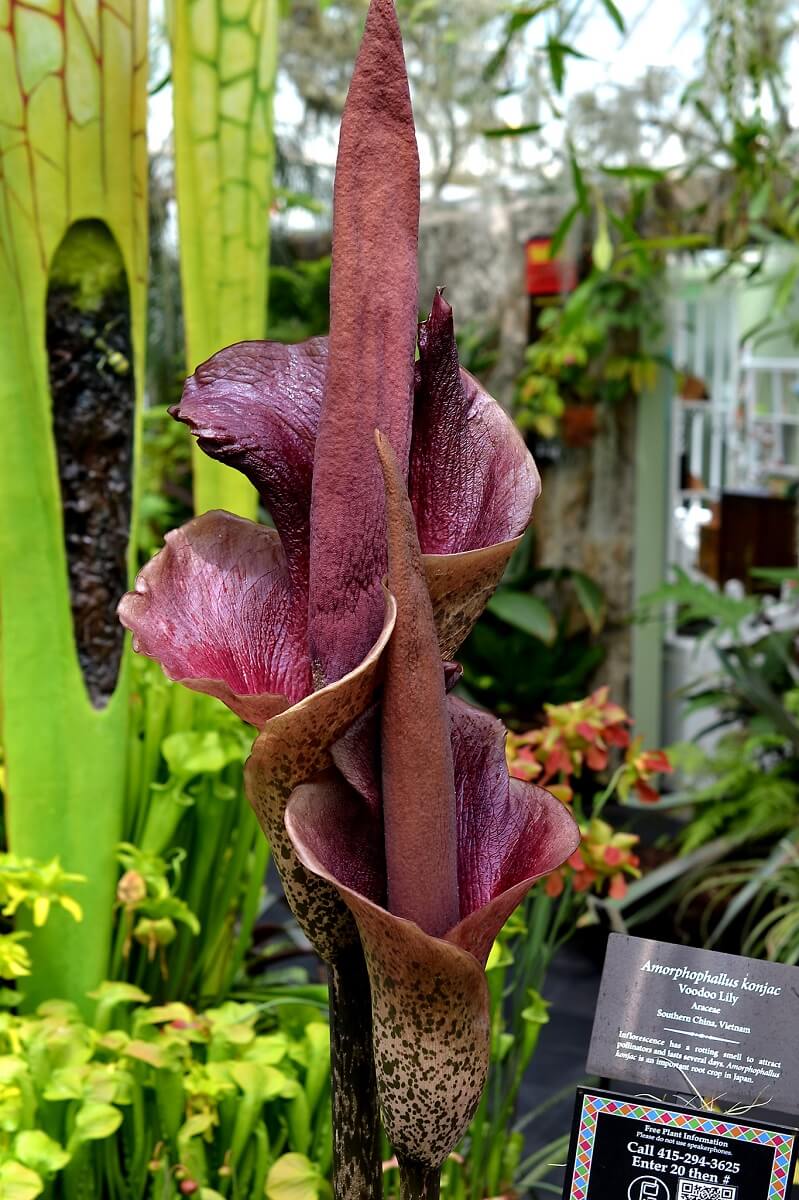
The offensive, putrid smell is similar to that of decomposition. This smell attracts pollinators, carrion flies and beetles in particular, much like the sink horn mushroom and other offensive smelling plants.
While humans don’t care for the smell, this ‘perfume’ does attract wildlife who live on rotting meat. And these same animals are predators for livestock, like chickens. So, if the smell doesn’t detract the neighbor’s chickens, perhaps the incoming predators will.
The konjac became a star attraction a few years back at the Calgary Zoo gardens where visitors young and old marvel at the large, burgundy flower that only appears maybe once a year (and more likely, once every three). As the world’s largest flower, the konjac produces a 6-foot stalk which is topped with one big leaf.
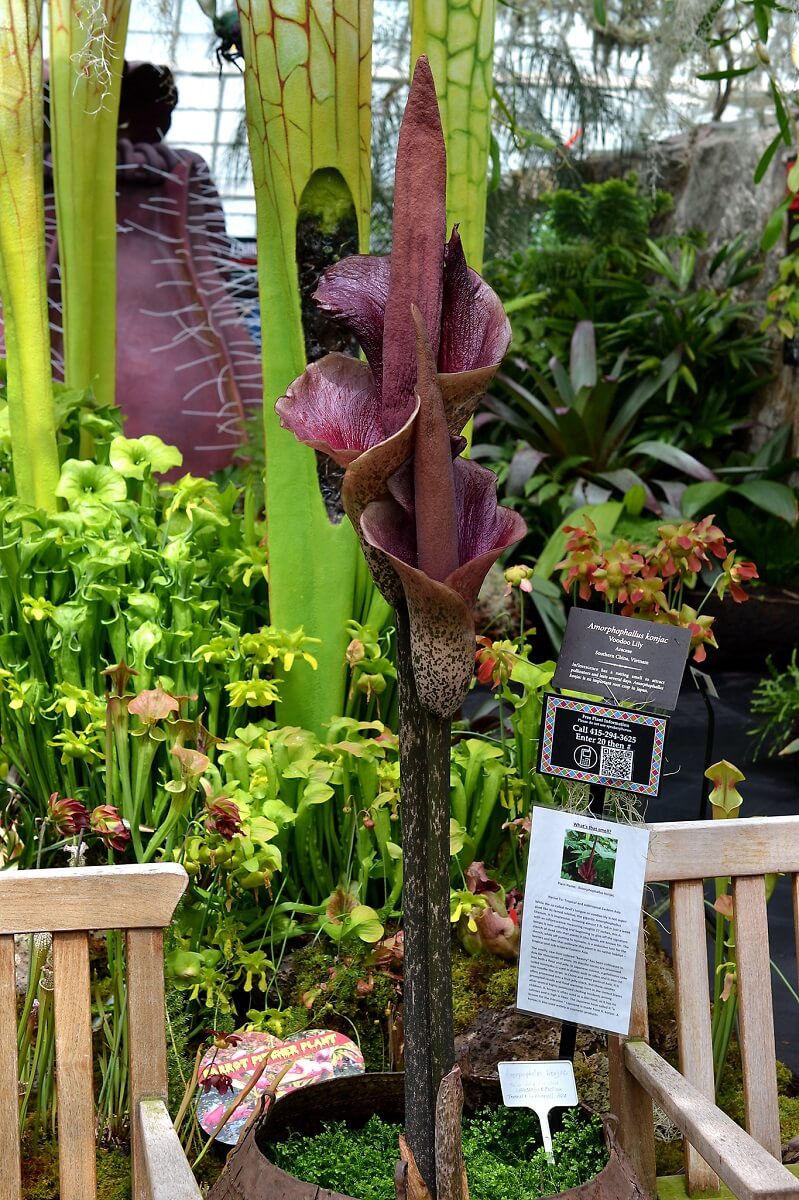
The flower doesn’t appear until after the leaf stalk withers and dies. When the flower blooms, one is reminded of calla lily as this flower is actually more like a spathe; a cup-shaped sheath that wraps around the conical-shaped spadix which can be as long as 50 inches.
This irregular blooming flower is only open for a couple of days, and something one doesn’t want to miss when it does bloom. At the Calgary Zoo gardens, it’s a big event when the konjac blooms.
The plant enjoys a location that has full to partial shade. It doesn’t need supplemental fertilizer and it’s hardy enough to survive a lengthy drought without extra watering. When the flower shrivels up, remove it, but leave the stalk until it has withered, too.
Its bulb needs to be dug up every fall and replanted every spring because, unlike other lilies, the konjac bulb needs to be protected from extreme cold temperatures. After the first frost, it’s best to dig up the bulb and store it on a shelf in a cool, dry area. Be careful not to encourage the bulb to grow indoors (which it can easily do while being wintered) as its powerful odor will dominate the entire house.
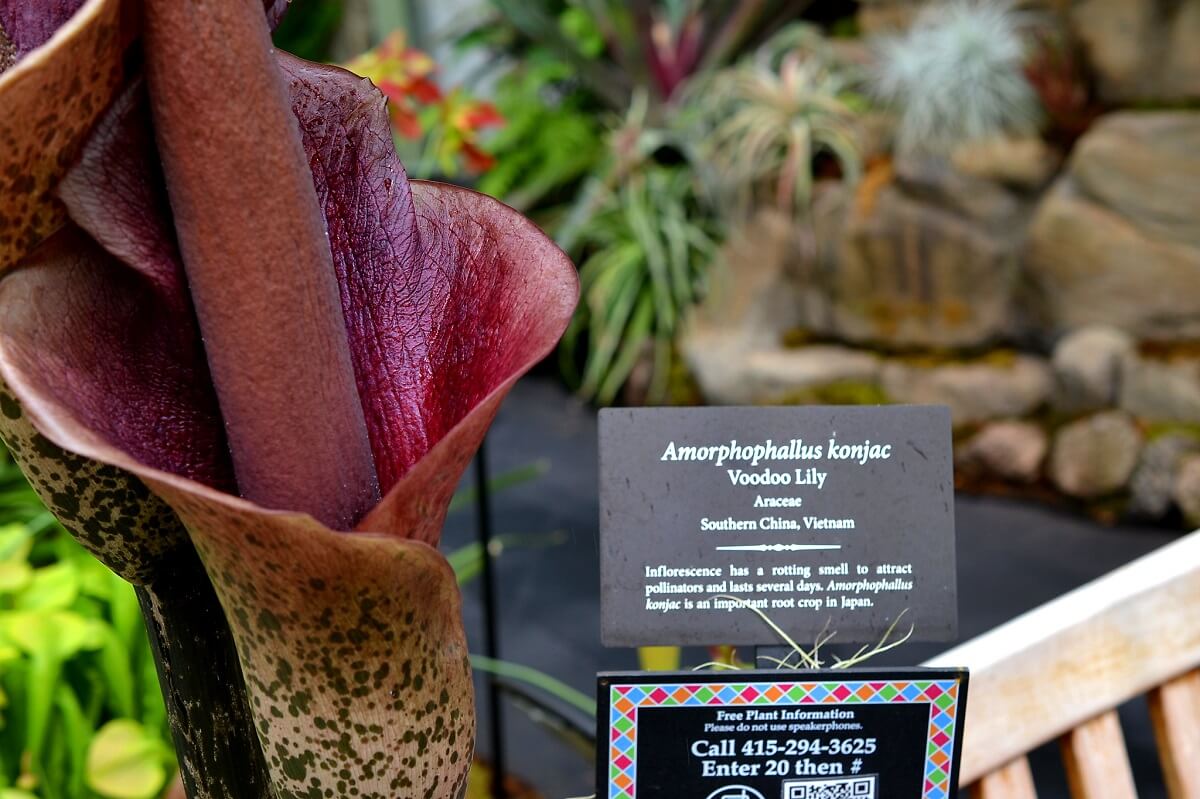
Interestingly, in spite of its offensive odor, konjac plants are useful in the food industry. The tubers, which can be as heavy as 40 pounds, have become popular with producers of diet food. It’s not the taste, and definitely not the smell, but rather the starch which, indigestible for humans, actually makes the person who eats it feel full and thus stops the crave for binge eating.
I still had in mind the benefits of livestock control – the invading army of chickens from our neighbor’s yard. I could endure any smell, and even the prospect of something worse, if it protected the rest of my gardens from the encroaching digging, pecking, pooping, and destructive free rangers.
I do love animals, but I also love my garden. If I were to raise chickens, they would have their own confined space, as my dog does, to protect my gardens and neighboring properties.





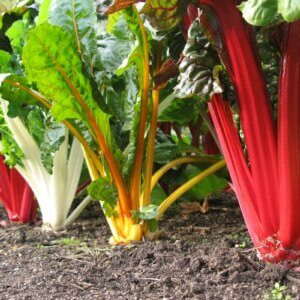

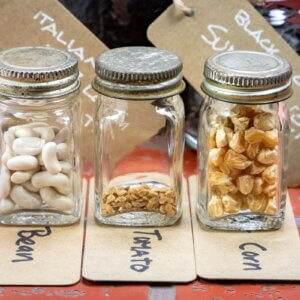










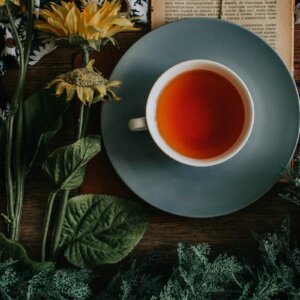























Leave a Reply